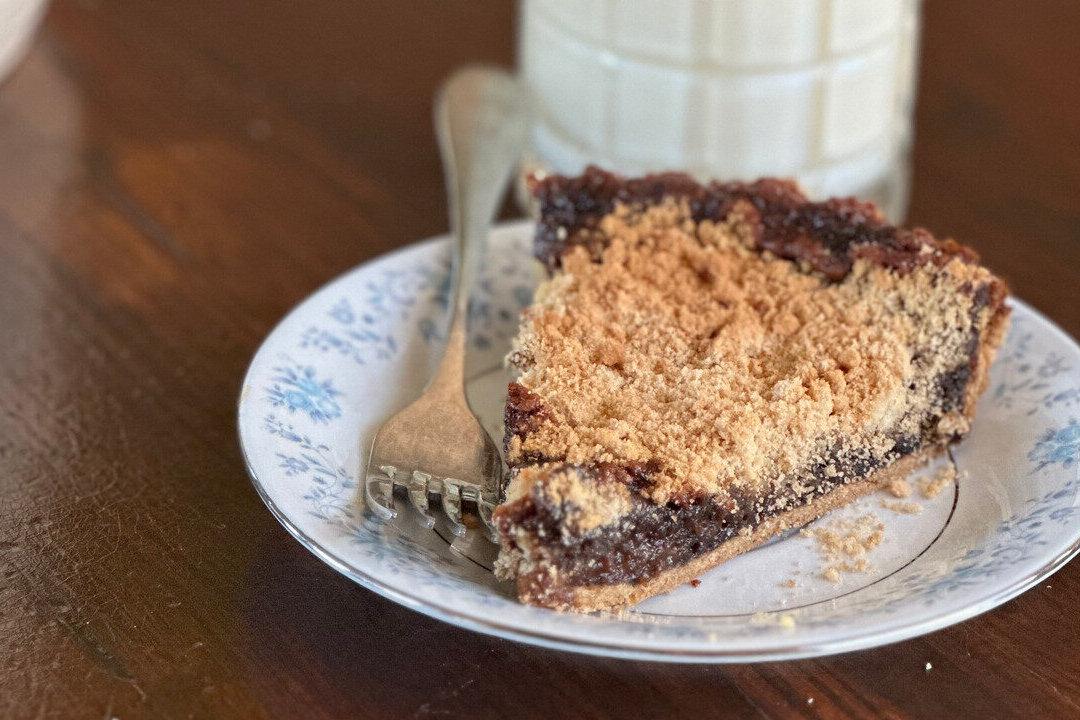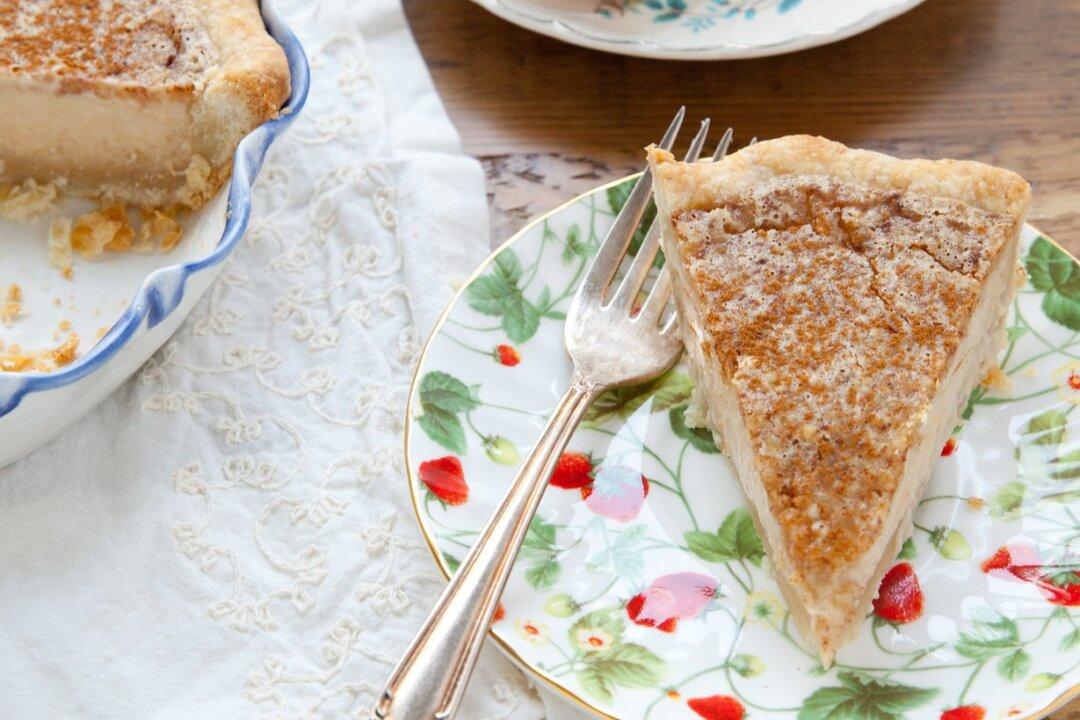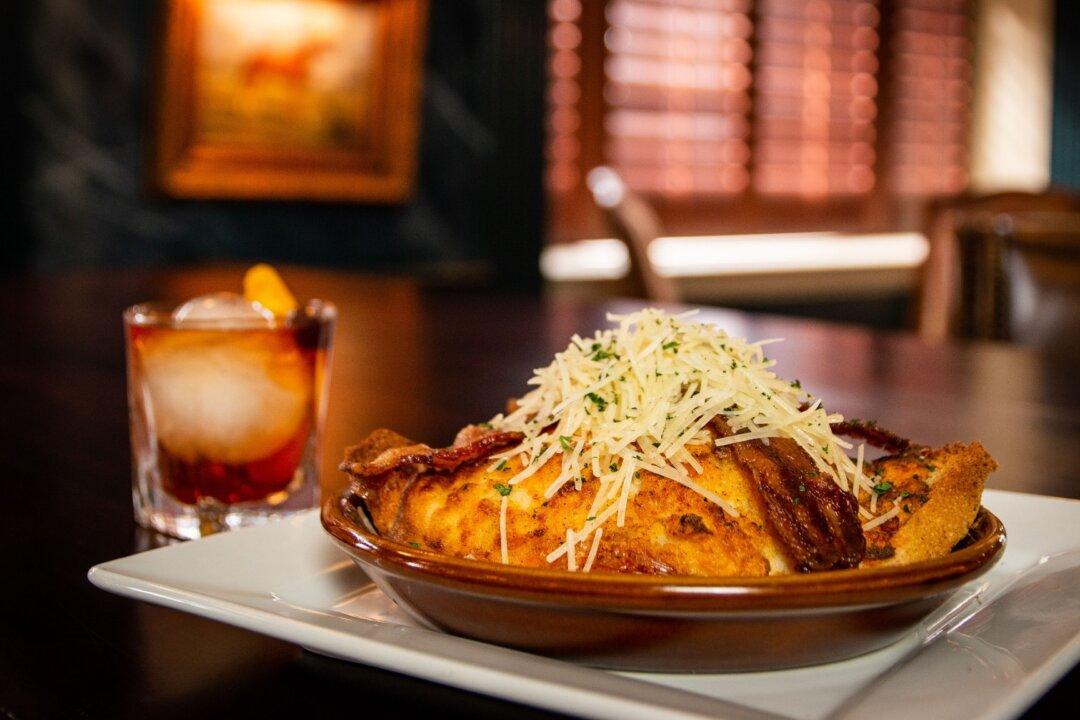As a resident of Pennsylvania, I can personally attest that our people take their shoofly pie very seriously. Those who live in the Keystone State rarely have to travel more than a few miles to get their hands on one. The sweet treat, which tastes of brown sugar and molasses, is particularly plentiful at Pennsylvania farmers markets, especially those in Lancaster County.
When it comes to shoofly pie, you could describe those who enjoy it as self-proclaimed connoisseurs who are sometimes prone to arguments as to whether wet bottom or dry bottom is superior.



